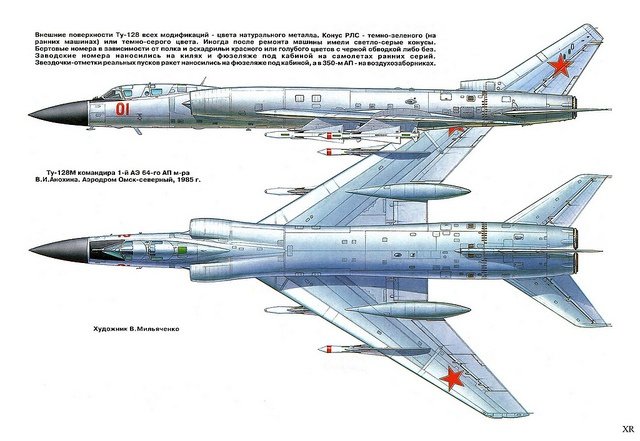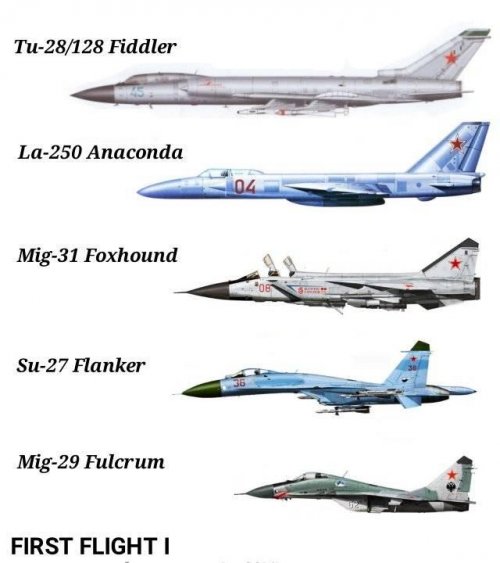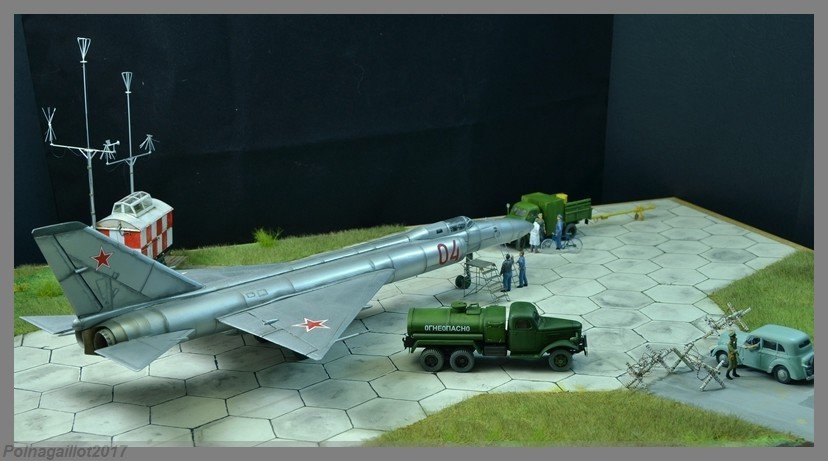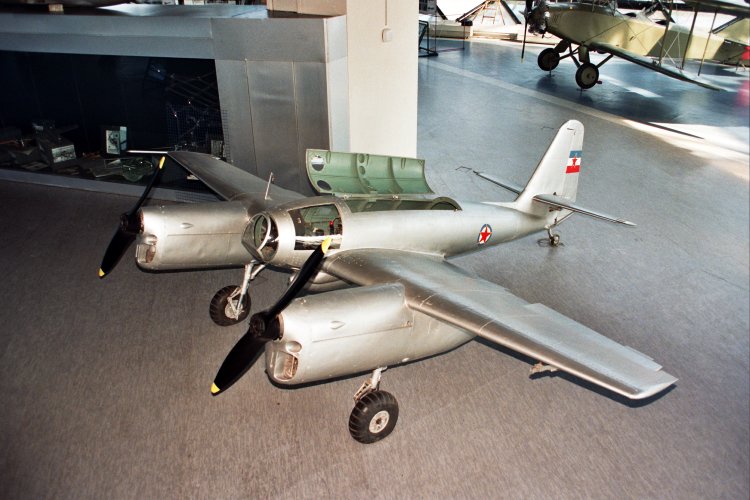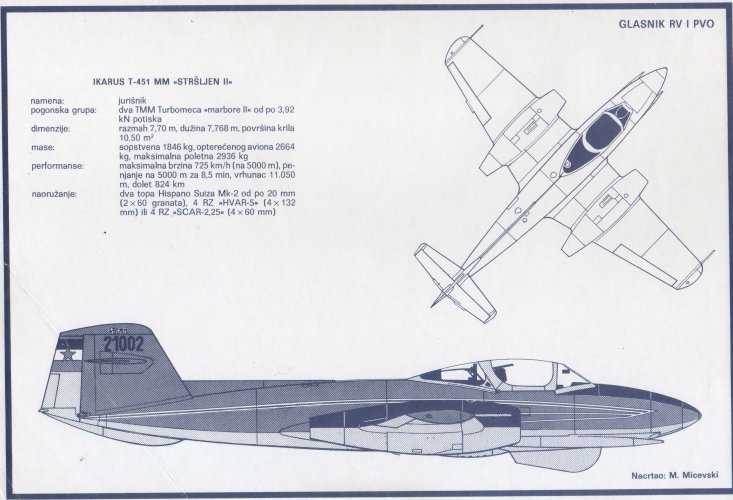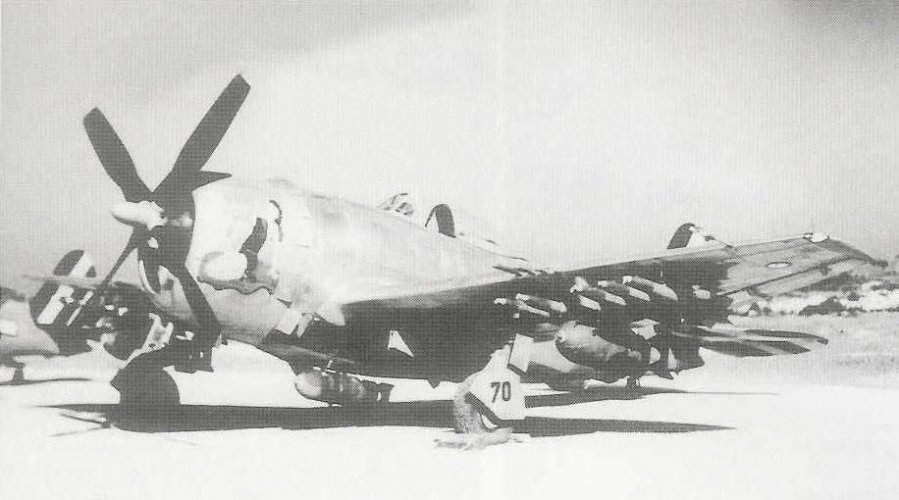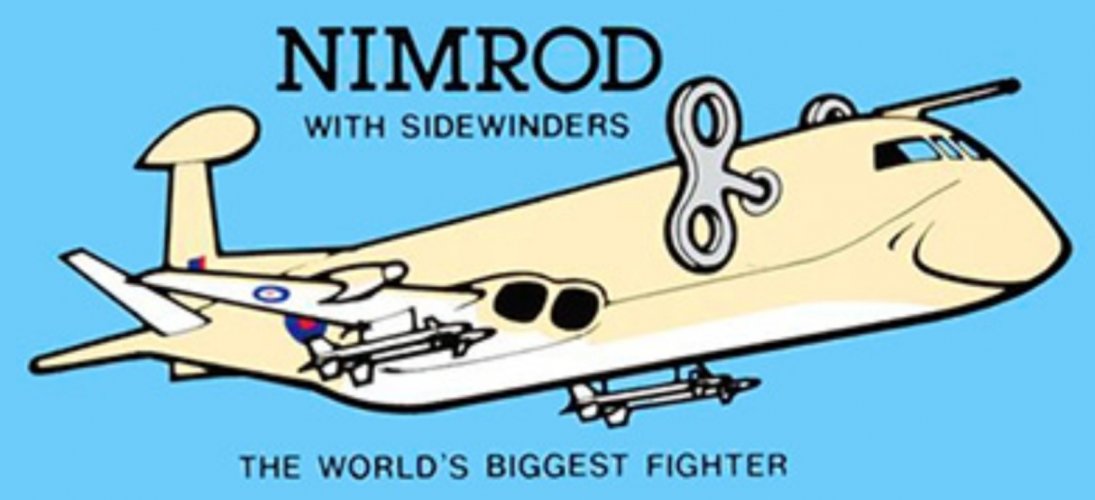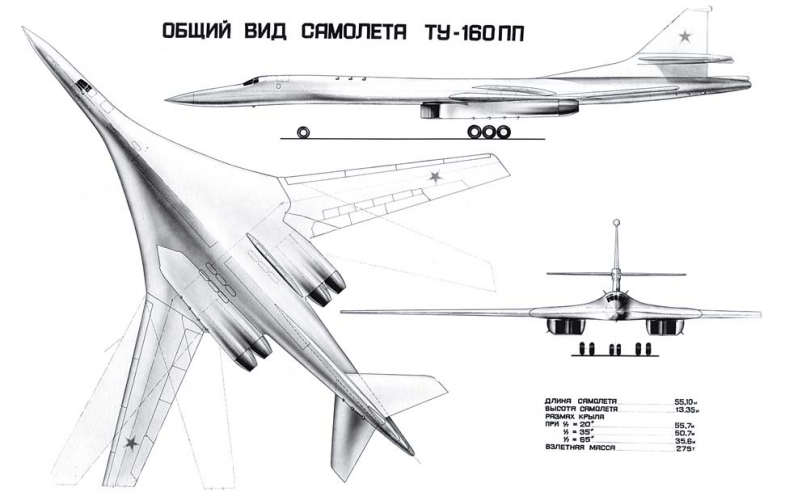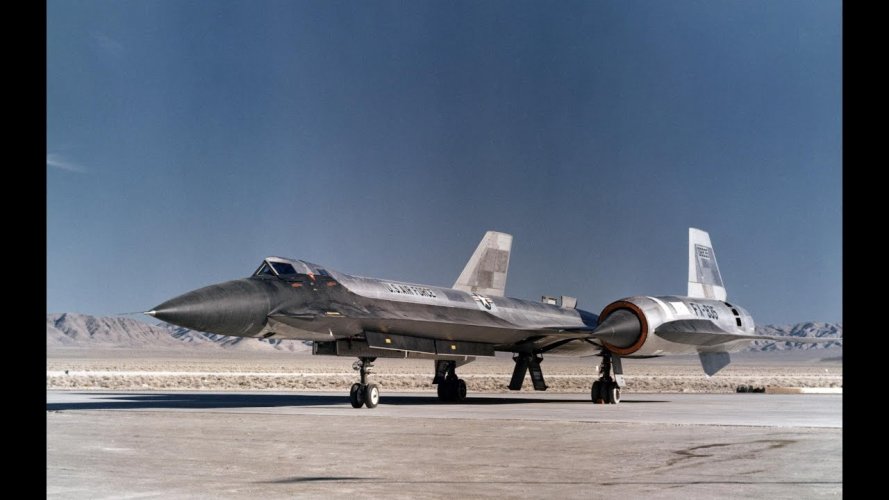I will try to be brief.
Over on the Sino Defense Forum in the Air Force thread, someone made the statement that China now operates the world's largest force of heavy fighters. The PLAAF and PLANAF combined apparently operate a fleet of about 1,263 J-11/15/16/20 and SU-27/30 and 33. The total also includes about 200 JH-7s but excludes J-8s (due to their 18MT MTOW).
This compares to 580 USAF F-22s and various F-15s. Now...
For some reason, F-35s and F-18E/F/G Super Hornets are being excluded from US heavy fighter status even though their MTOW approximates to about 29 or 30 tons. If included, the US fleet of heavy fighters would be 1600 to 1700 aircraft.
My question: Which of the following are (or were) considered heavy fighters?
1. Tornado ADV (28 tons MTOW)
2. F-4E Phantom (28 tons)
3. Mirage 4000 (25 tons)
4. Lightning F.6 (20 tons)
(I am excluding such obvious monsters as F-14, Mig-25, Mig-31, etc... because there is no doubt over these beasts.)
FWIW, J-15/J-16 MTOW is @35 metric tons and F-16C/D are @20 tons. I propose that 30 ton Super Hornet or F-35 Lightning 2 are heavy fighters by historic standards.
Am I wrong?
Over on the Sino Defense Forum in the Air Force thread, someone made the statement that China now operates the world's largest force of heavy fighters. The PLAAF and PLANAF combined apparently operate a fleet of about 1,263 J-11/15/16/20 and SU-27/30 and 33. The total also includes about 200 JH-7s but excludes J-8s (due to their 18MT MTOW).
This compares to 580 USAF F-22s and various F-15s. Now...
For some reason, F-35s and F-18E/F/G Super Hornets are being excluded from US heavy fighter status even though their MTOW approximates to about 29 or 30 tons. If included, the US fleet of heavy fighters would be 1600 to 1700 aircraft.
My question: Which of the following are (or were) considered heavy fighters?
1. Tornado ADV (28 tons MTOW)
2. F-4E Phantom (28 tons)
3. Mirage 4000 (25 tons)
4. Lightning F.6 (20 tons)
(I am excluding such obvious monsters as F-14, Mig-25, Mig-31, etc... because there is no doubt over these beasts.)
FWIW, J-15/J-16 MTOW is @35 metric tons and F-16C/D are @20 tons. I propose that 30 ton Super Hornet or F-35 Lightning 2 are heavy fighters by historic standards.
Am I wrong?


